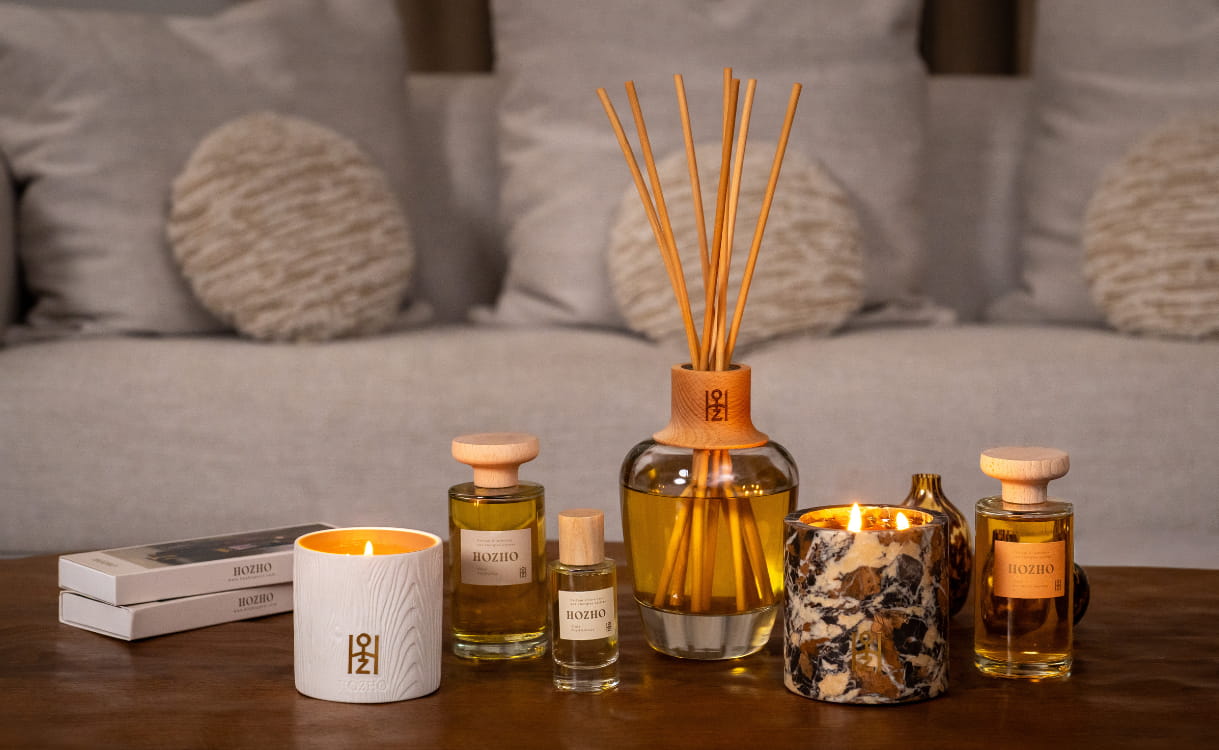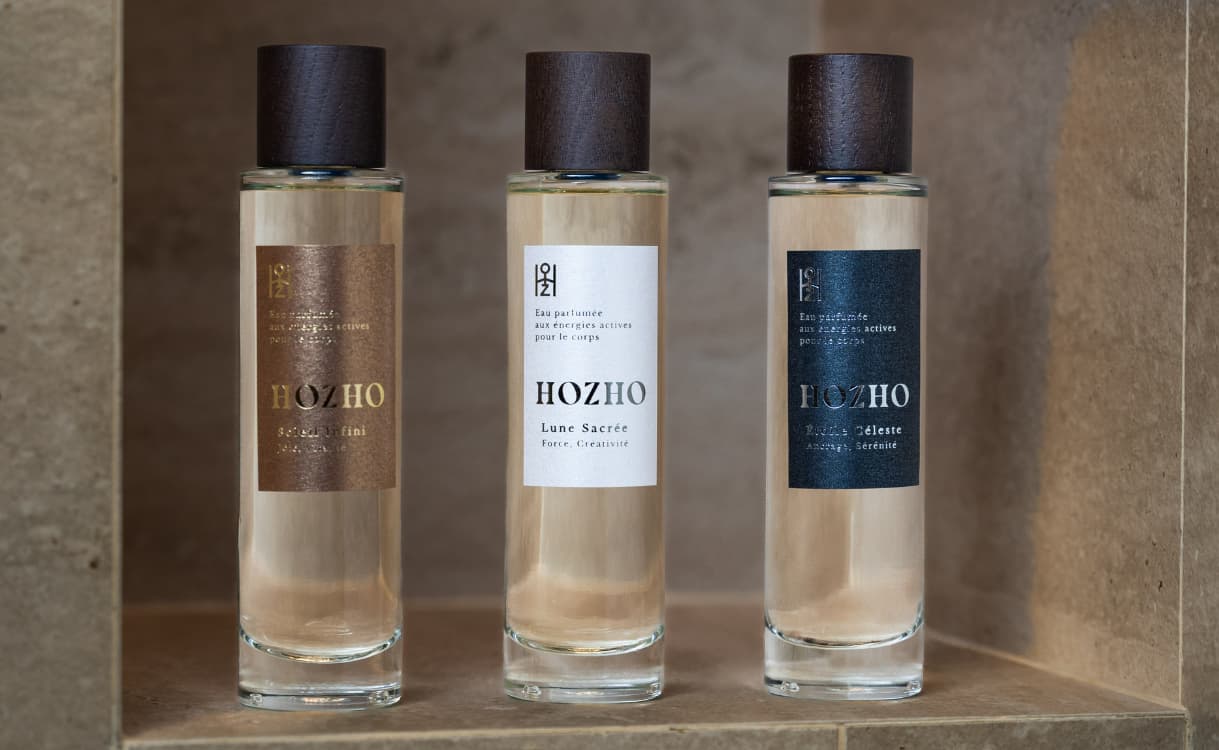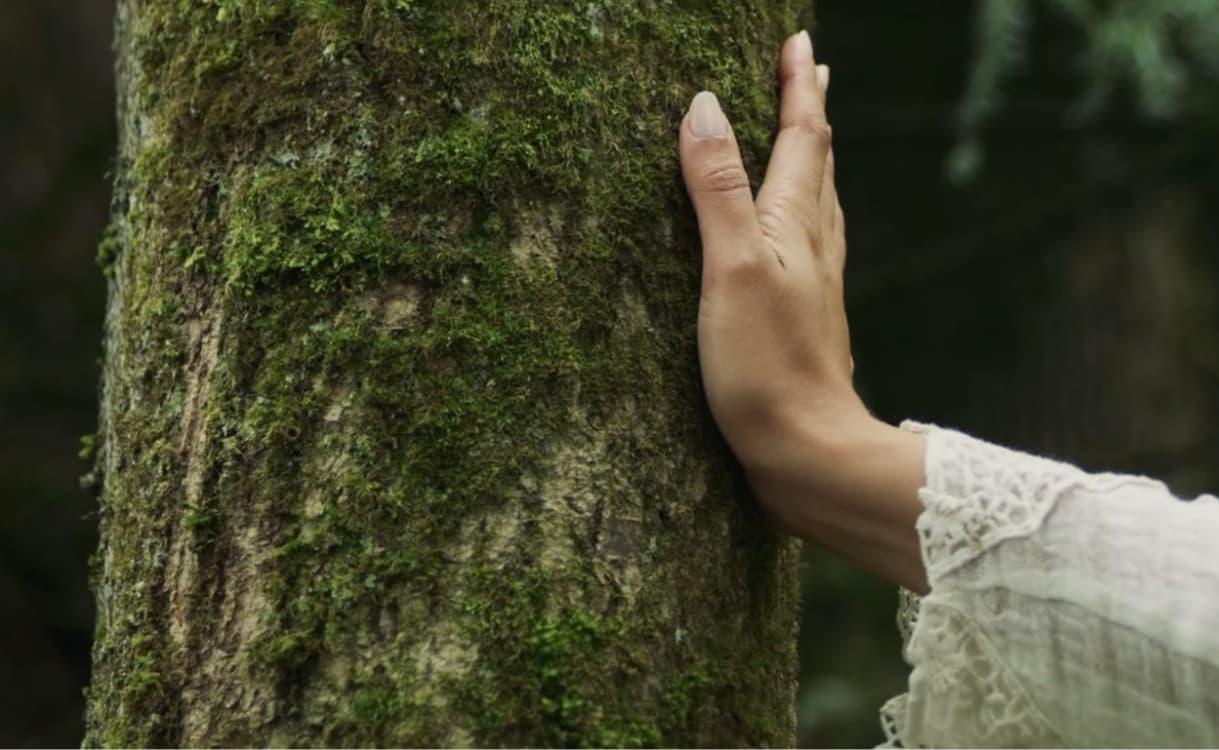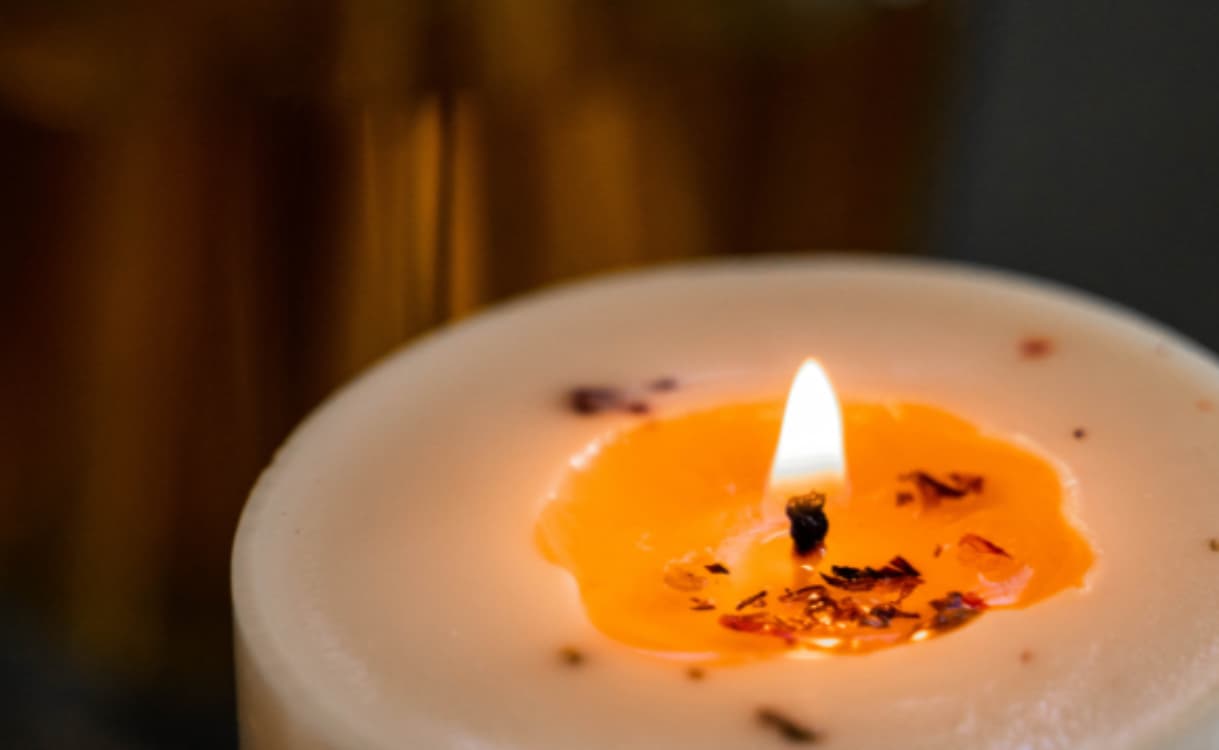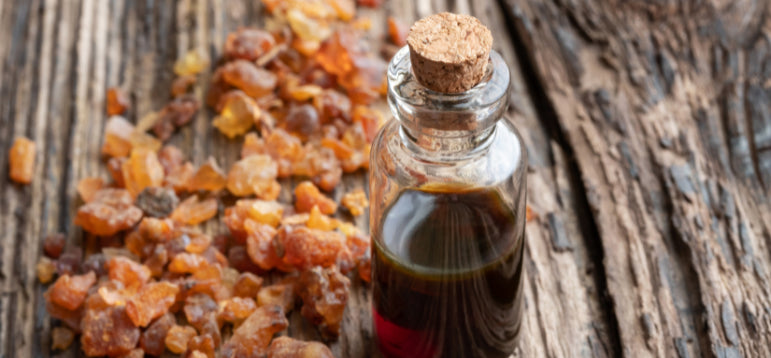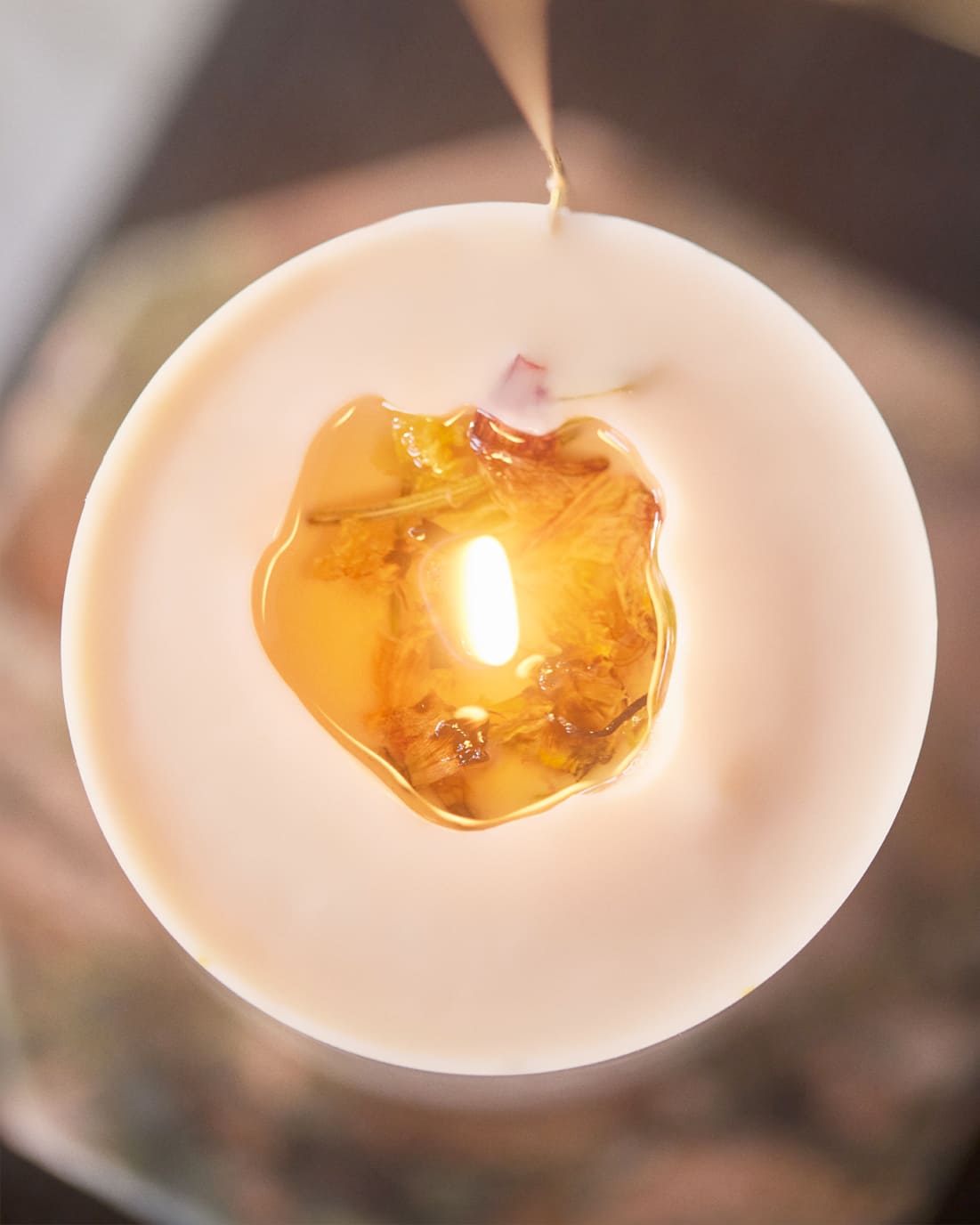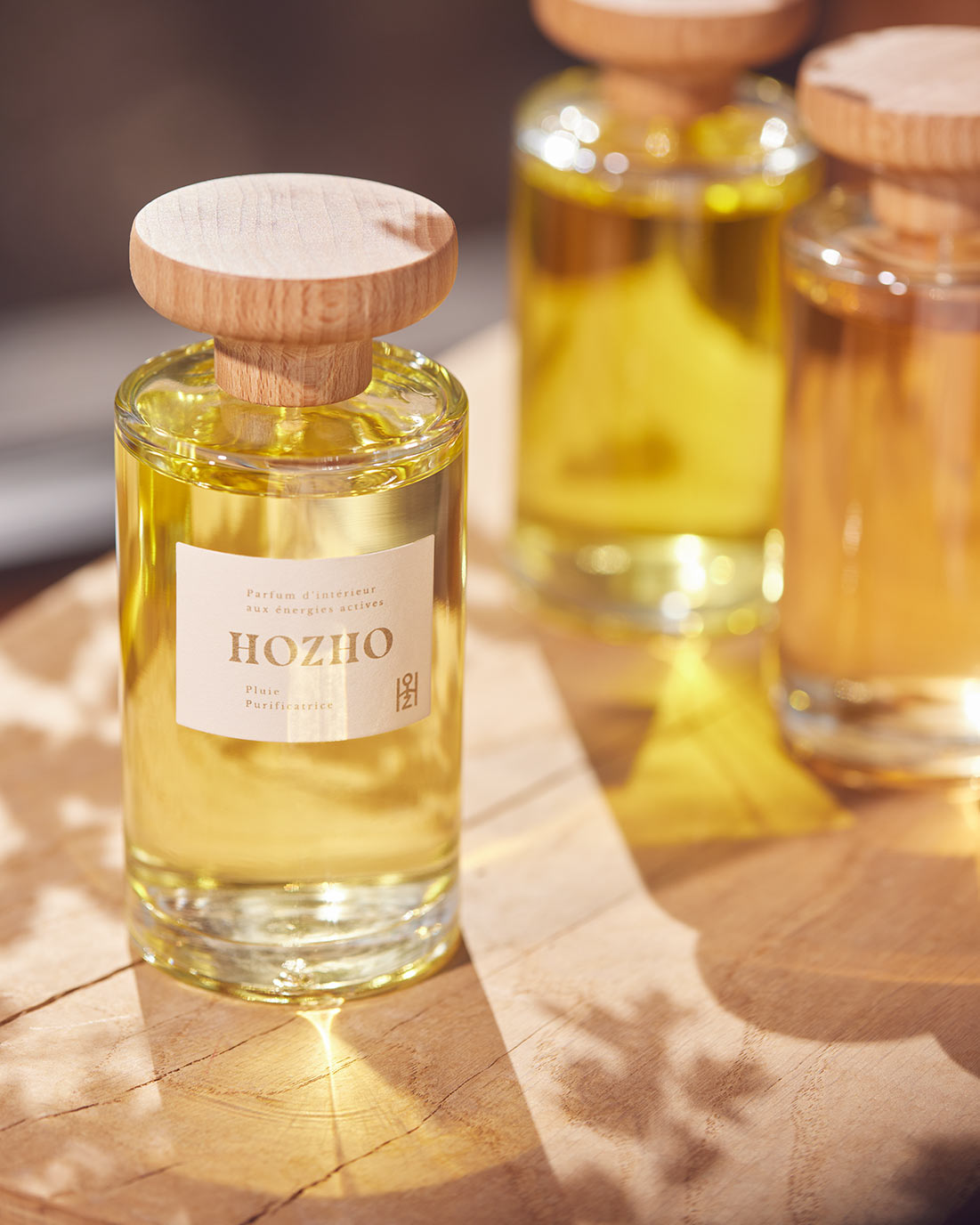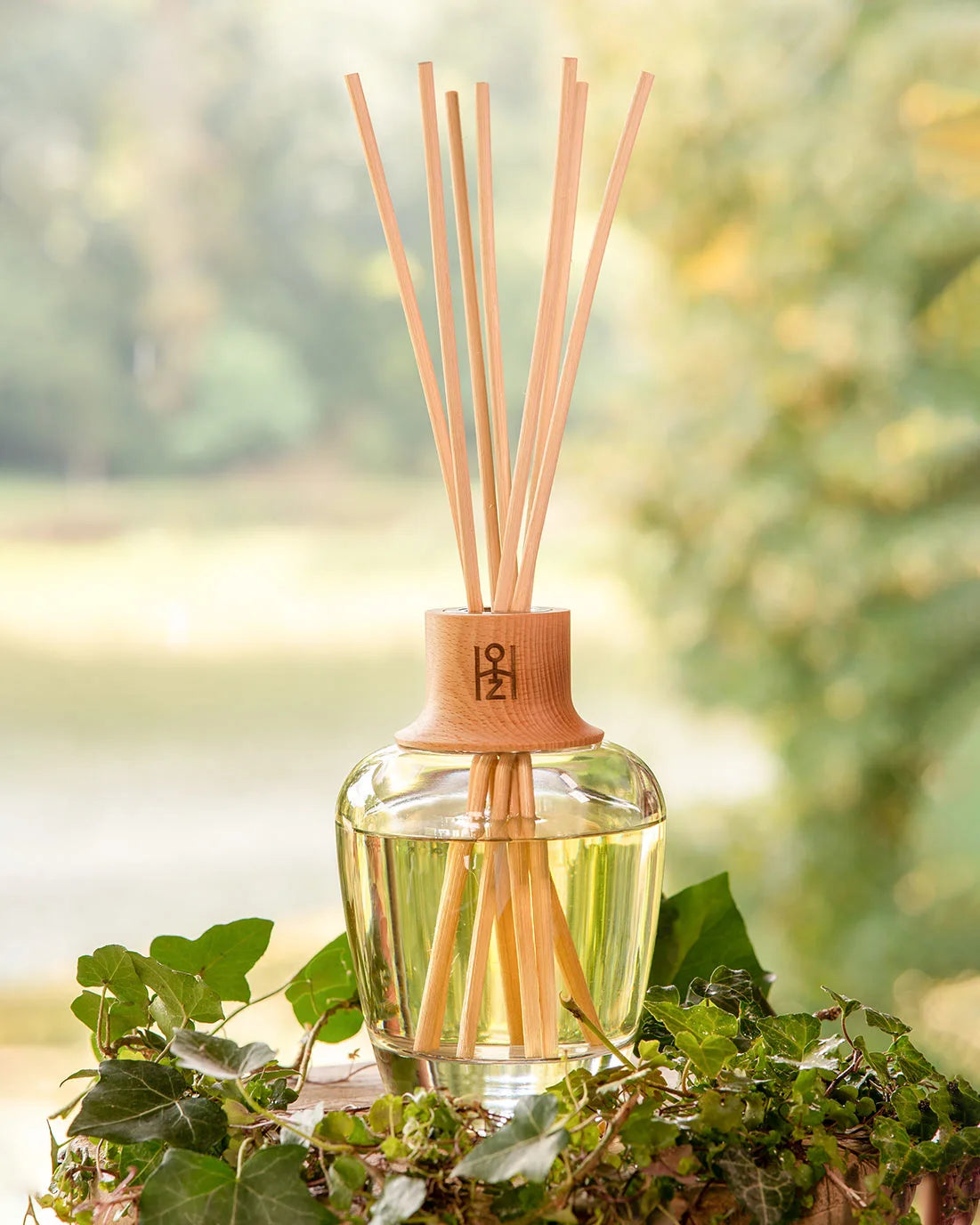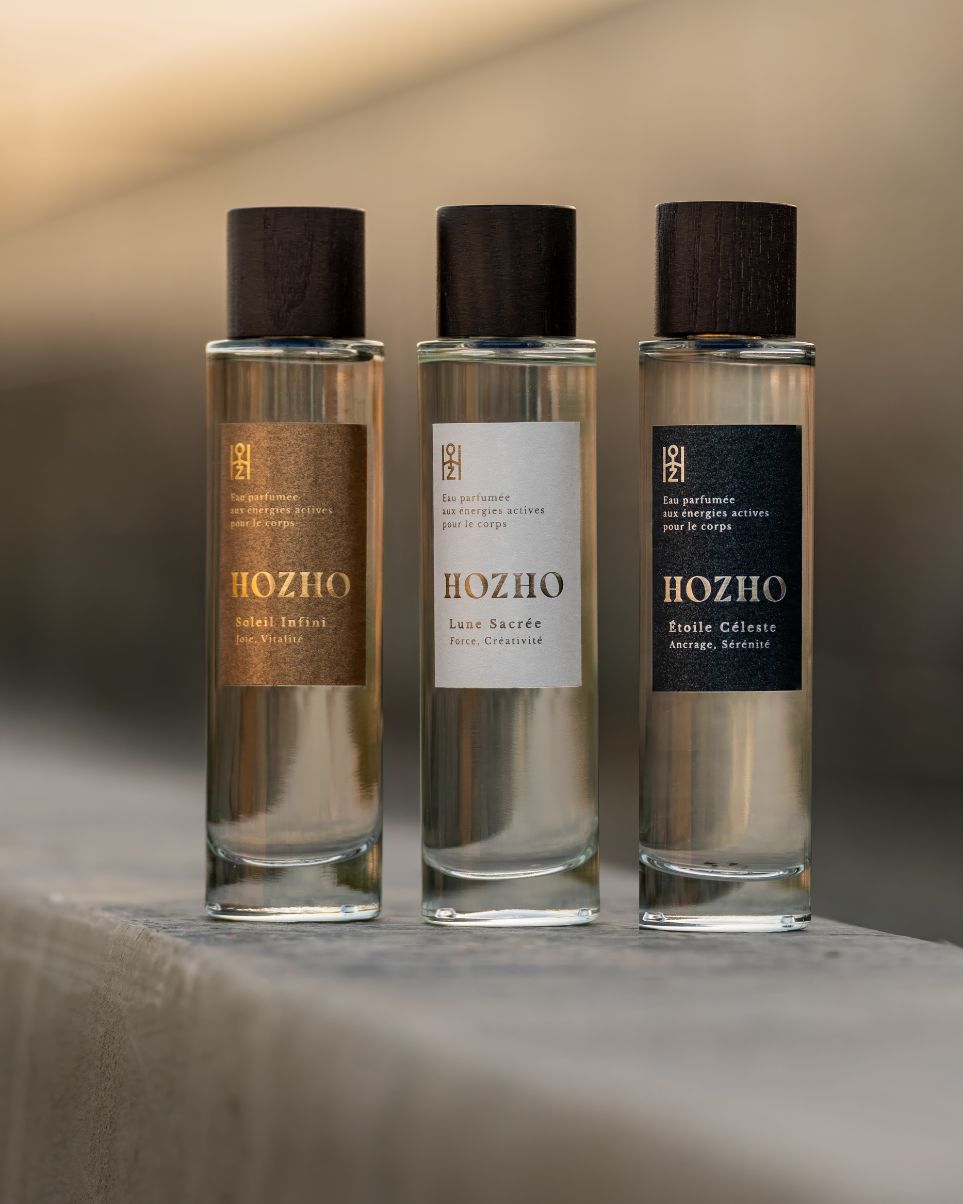Olfactotherapy and aromatherapy: what are the differences?
Scent therapies , olfactotherapy, and aromatherapy both aim to help you achieve well-being . While they share certain qualities in certain ingredients, their methods, history, and applications differ. Discover in this article the similarities and differences between two therapeutic approaches based on natural aromas.
What is olfactotherapy?
Olfactotherapy is a therapy aimed at restoring psycho-emotional balance through olfactory exercises. In olfactotherapy, odors act as stimuli that awaken a specific emotion. These emotions are, in a way, the tip of an iceberg that this therapeutic discipline aims to explore.
Why does this emotion arise? What memory, what lived experience is it linked to? Odors, by stimulating the limbic system, also called the emotional brain , would allow access to the source of many physiological processes:
- to the regulation of emotions, including the management of stress and fear ;
- in endocrine balance, it interferes in the release of hormones ;
- to eating behavior and appetite;
- to the nervous system which controls breathing, digestion and cardiovascular functions;
- and finally to memory training and recovery.
Olfactotherapy aims to access the unconscious , to deconstruct certain emotional or psychological blockages to find daily well-being.
This discipline generally accompanies other approaches such as energy therapy, sophrology, osteopathy, psychotherapy, naturopathy or yoga.
Although it now holds its place in the field of alternative therapies , olfactotherapy is not scientifically recognized. It is also a recent subject, developed in the 1990s by Gilles Fournil, an energy therapist and somatologist.
What is aromatherapy?
Aromatherapy is closely linked to the history of medicine and more particularly to that of phytotherapy . Since ancient times, plants have been used in various forms (decoction, herbal tea, ointment, fumigation, steam, etc.) to benefit from their therapeutic properties .
In aromatherapy, plants, and more specifically essential oils extracted from aromatic plants, are administered to promote physical and emotional well-being . They can be applied to the skin, by dry inhalation (a few drops on a handkerchief) or wet inhalation (in hot water or in a diffuser) or even orally.
In the West, aromatherapy is used more in what is called "comfort medicine," that is, as a reinforcement, to help restore metabolic or psychological balance . However, it is benefiting from greater scientific recognition, particularly for its antibacterial, anti-infectious, anti-pain and anti-inflammatory effects.
The role of aromatherapy in emotional well-being , stress management and anxiety management is less recognized in traditional medicine in the Western world. However, it has been considered for millennia in some holistic medicines, such as Ayurveda and Chinese medicine .
In traditional Indian medicine, aromatherapy is used to regulate the chakras and doshas . It is similar to what is known in the West as energy aromatherapy. Chinese medicine, on the other hand, uses essential oils and acupuncture together to treat ailments of the body and mind. It is even referred to as Chinese energy aromatherapy .
In diffusion, aromatherapy is prescribed to purify the atmosphere and respiratory tract, to calm stress and promote sleep . Its topical use is more widespread, both cosmetically and for physical, mental and emotional health.
Similarities and differences between olfactotherapy and aromatherapy
Both disciplines rely on the use of essential oils. These oils are extracted from aromatic plants (flowers, leaves, bark, or roots) and citrus fruits through distillation. These oils contain numerous highly active molecules that require careful and precise use.
But while these methods employ herbal remedies, they differ in their application methods and therapeutic processes. Olfactotherapy uses essential oils as an " olfactory messenger " to reach the unconscious and influence memory, emotions, and hormones. These are integrated into an olfactory pyramid consisting of top, middle, and base notes, similar to the creation of a perfume.
In aromatherapy, the active ingredients in plants act directly on the syndrome or condition being treated. They can also help maintain a state of well-being by protecting against discomfort (allergies, bacteria, etc.). These natural treatments can be inhaled, applied to the skin, or ingested (with medical supervision).
Also, although these therapies are related, their approaches are different and can even complement each other. In olfactotherapy, the subject is active, he goes back to a psycho-emotional or psycho-behavioral process through his olfactory perceptions . It is a tool for self-knowledge.
In aromatherapy, the plant and its active ingredients are seen as natural remedies that can treat physical, psychological or emotional disorders.
HOZHO, creator of scented home care products with active energies
For centuries and across different continents, ancestral beliefs have often converged into common knowledge. The energy of the elements, the active ingredients of plants , and their purifying, protective, and harmonizing roles are part of this wisdom. HOZHO, the leading home care brand, has drawn inspiration from this heritage to design collections dedicated to your well-being.
Sandalwood , white sage, myrrh, oak, bamboo, patchouli and Palo Santo are all intoxicating scents known for their vibrational powers. This is why we have integrated them into our multiple synergies, energetic candles and energetic home fragrances, to design unique ranges that invite you on a true introspective and initiatory journey.
Grown in the heart of the Basque Country, our plants are selected by an energy practitioner, then macerated to create energetic fragrances for the body and home that will guide you to a moment of well-being and serenity. Our extraction process guarantees our creations unparalleled quality and energetic power . Feel, vibrate, connect with your emotions and the energies that surround you… HOZHO transforms your moments of life, intimate or shared, into a moment of serenity and infinite completeness.

